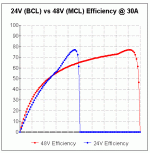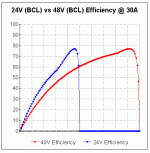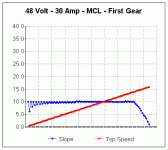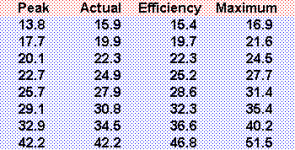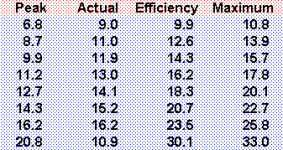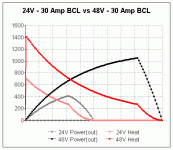xyster
10 MW
safe said:Current Multiplication means Heat Multiplication
Current Multiplication means Heat Multiplication means Torque Multiplication
Conversely, no current multiplication means no torque multiplication, and the motors in ebike applications then won't accelerate worth beans from low rpms, gears or no gears.


